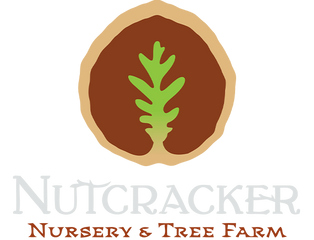American mountain ash (sorbus americana)
Shipping calculated at checkout
98 in stock
Need more? Contact us
Considered a shrub or small tree, the American mountain ash can reach 10 m in height. Its smooth trunk is covered with reddish-brown or grayish-green bark, marked with protruding lenticels. As it ages, the bark becomes a little scaly and becomes exfoliated with age. Its alternate leaves are composed of 11 to 17 finely toothed leaflets, elongated and ending in a point. Its small white flowers are gathered in a slightly domed inflorescence in spring. Its fleshy, globular fruits are red or orange. They persist all winter.
Reproduction. Mountain ash lives in mixed and coniferous forests but is found in greatest abundance in coniferous forests. Its orange fruits serve as food for birds during the winter. Its tender bark is one of the beaver's main foods. The Algonquins boiled the young branches of the mountain ash with white spruce, wintergreen leaves and white elderflowers in a little wine to make a strengthening drink.
Fatheads (fruits of the rowan tree) treated general weakness and nervous breakdown with the fibers of its inner bark and its scalded buds.
Picked very late, after the first frosts, the fruits are used to make jellies, jams and marmalades.
The fruits are antiscorbutic, diuretic and astringent. They are used as a source of vitamin C and against diarrhea and dysentery. They can be stored dried or in syrup.



